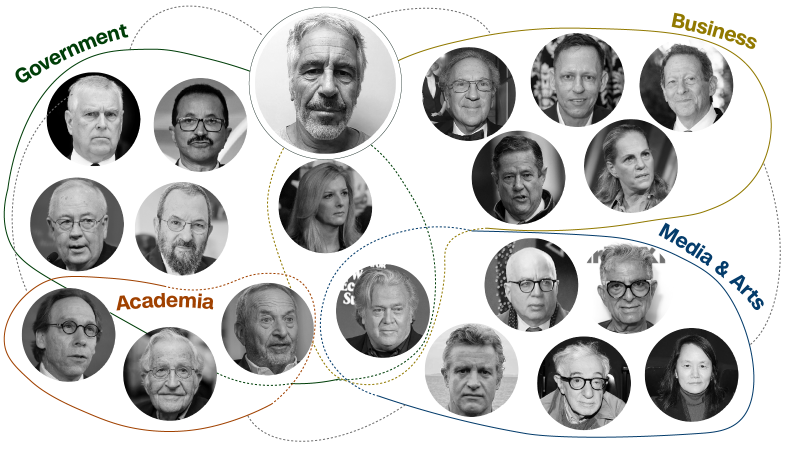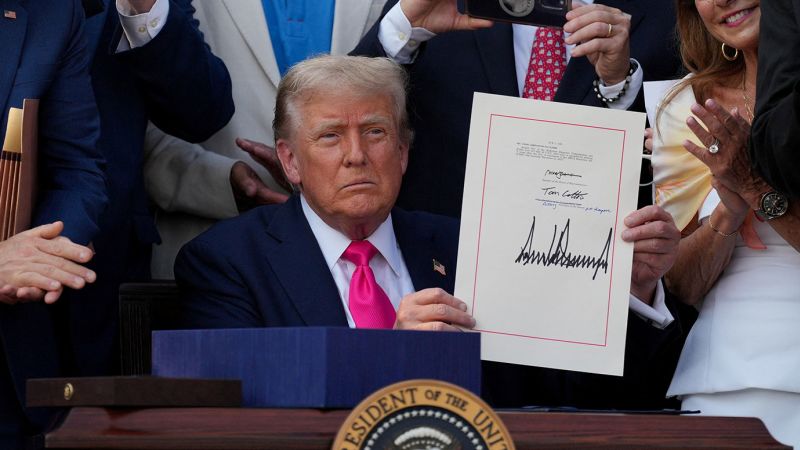U.S. Education Department Transfers Major Grant Programs Amid Reforms

The U.S. Department of Education (DOE) announced on March 14, 2023, a significant shift in its operations by transferring several major grant programs to different federal agencies. This move is part of the Trump administration’s ongoing efforts to dismantle the DOE and delegate more control over education to individual states. In a press release, the federal DOE detailed the formation of six new interagency agreements with four other federal agencies: the Departments of Labor, Interior, Health and Human Services, and State.
One of the most noteworthy changes is the creation of the Elementary and Secondary Education Partnership between the DOE and the Department of Labor (DOL). This partnership aims to enhance the administration of federal K-12 programs, ensuring they are more closely aligned with workforce and college readiness initiatives. According to DOE officials, the DOL will take on a more active role in managing competitions, providing technical assistance, and integrating existing educational programs with the various employment and training initiatives already overseen by the DOL. This includes the distribution of Title I funding, which supports schools serving low-income communities.
Linda McMahon, the U.S. Secretary of Education, stated, “The Trump Administration is taking bold action to break up the federal education bureaucracy and return education to the states. Cutting through layers of red tape in Washington is one essential piece of our final mission.” She emphasized that these partnerships are designed to improve federal programs while empowering local leaders in K-12 education.
The changes follow an executive order signed by President Donald Trump in March 2023, which set in motion the dismantling of the DOE. Despite the potential for legal challenges, the department has already seen a reduction in staff, with many employees terminated this year.
As the DOE collaborates with these agencies, it will continue to gather best practices from each state through a nationwide tour. The aim is to restore excellence in higher education while working with Congress to formalize these reforms into law.
This realignment of federal educational responsibilities underscores a broader trend towards decentralization in U.S. education policy, reflecting a desire to enhance state-level control and accountability. The implications of these changes could be significant for the future of educational funding and program administration across the country.






